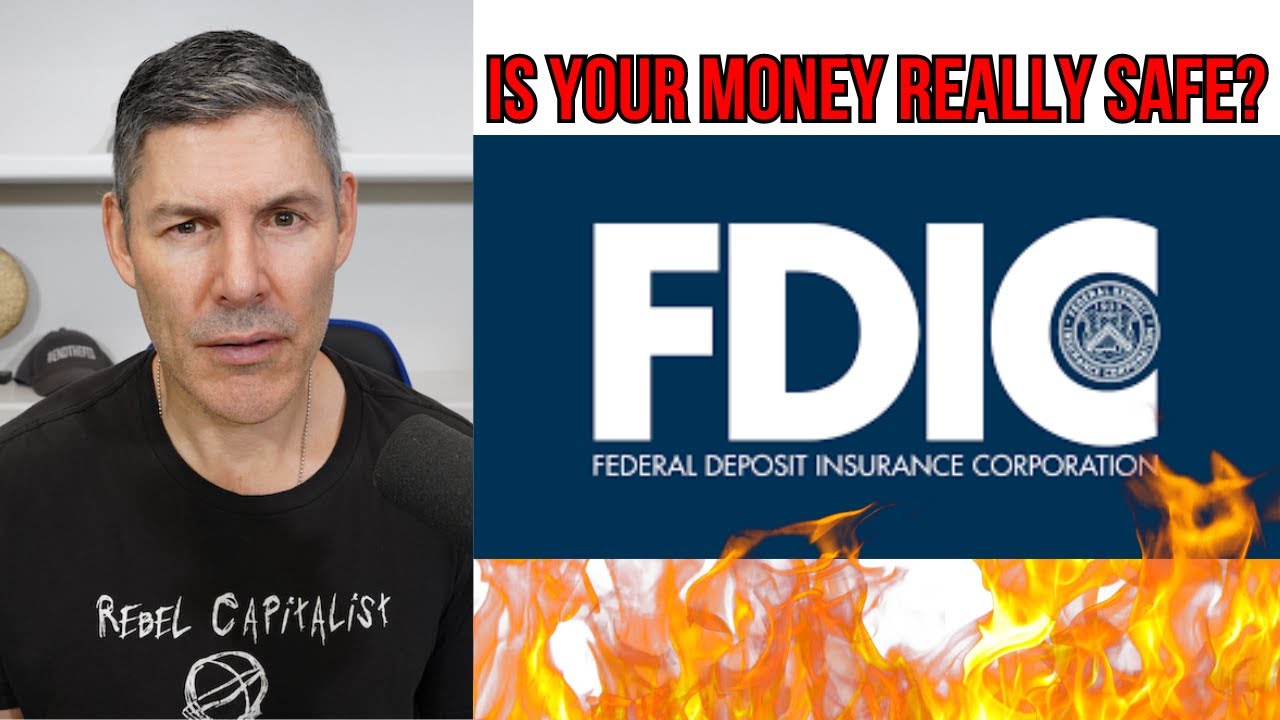
The Risk Of More BANK FAILURES Just Increased…Massively

The Rent-Control Quagmire: A Wolf in Sheep’s Clothing
The supposed sanctuary for your hard-earned money—might just be in the eye of a financial storm. We’re talking about a risk so under-discussed it’s virtually invisible. In an episode of Forward Guidance podcast, banking expert Chris Whalen joined host Jack Farley to dissect the silent epidemic afflicting our banking system. The conversation swayed from state-level regulations to the broader implications on banks’ balance sheets, focusing particularly on New York’s rent-control policies.
New York vs. California: The Lesser of Two Evils
Whalen elucidates the risk of operating as a mortgage lender in New York. Unlike California, where foreclosure is feasible, New York makes it exceedingly difficult to recoup losses. The state’s stringent rent-control laws have turned what appears to be assets into potential liabilities for banks. On the surface, rent control seems like a win for tenants. But dive deeper, and you’ll find that it can ripple through a bank’s balance sheet like a clandestine assassin. These policies can affect the asset valuation of banks and force them to take a “massive haircut” if they try to sell these assets.
The FDIC’s Role: Savior or Saboteur?
When Signature Bank went bust, the FDIC stepped in, hoping to sell these assets at the highest value possible. But what’s the real market value of an asset choked by rent control? The FDIC is finding that its portfolio value, initially counted in billions, might be worth far less in the real world. However, the host posits that the FDIC might not be the stalwart guardian we once believed it to be. If the FDIC is a paper tiger, then what separates our life’s earnings from the abyss of financial calamity?
The Rent-Control Dilemma: A Financial Quagmire
When one bank sells its assets at fire-sale prices, it sets a precedent. Other banks holding similar assets will be forced to reprice, potentially plummeting them into insolvency. Politicians may exacerbate the situation. In their attempt to “ride in on their white horse,” they might institute more rent control policies, thereby making these toxic assets even more prevalent. This issue transcends the localized realm of rent control and casts a shadow on the entire banking system. It reveals how regulations can create unintended (or perhaps intended) consequences that place the entire financial system at risk.
Zooming in on the issue of rent and rent control, the host specifically targets New York’s policies. Rent-controlled apartments might be seen as a godsend for tenants, but they may also be the financial albatross around the banks’ necks. Mispriced assets connected to these properties could set off a chain reaction strong enough to cripple even the most robust financial institutions.
Signature Bank’s recent failure stands as a stark example. The bank had focused heavily on lending to landlords in New York’s contentious rent-controlled market. What they didn’t account for was the toxicity of these assets.
Signature Bank went big lending to landlords focused on reaping windfalls from New York City’s notoriously contentious rent-stabilized and rent-controlled market. It’s footprint in the city was estimated to span almost 3,000 buildings, representing nearly 80,000 homes,
Brad Lander
Political Chess and Landlord Pawns: The Unsuspecting Catalysts
The politicians, often seen as the architects of rent control, are unknowingly playing with fire. By keeping rents artificially low, they might be digging a financial grave not just for landlords but also for the banks that have lent to them. When landlords default, the banks are left holding the bag.

The Domino Effect: Collateral Damage and Unintended Consequences
We need to confront the “unintended consequences” that could stem from these precarious dynamics. Banks may be compelled to reprice their loan portfolios. Should that happen, we could witness a cascading financial disaster, leading to a spate of bank failures. This isn’t a drill or a dystopian fantasy—it’s a sobering reality we can no longer afford to ignore. The host emphasizes the need for vigilance and proactive measures. With changes on the horizon for banking regulations, the very structure of our financial institutions hangs in the balance.
